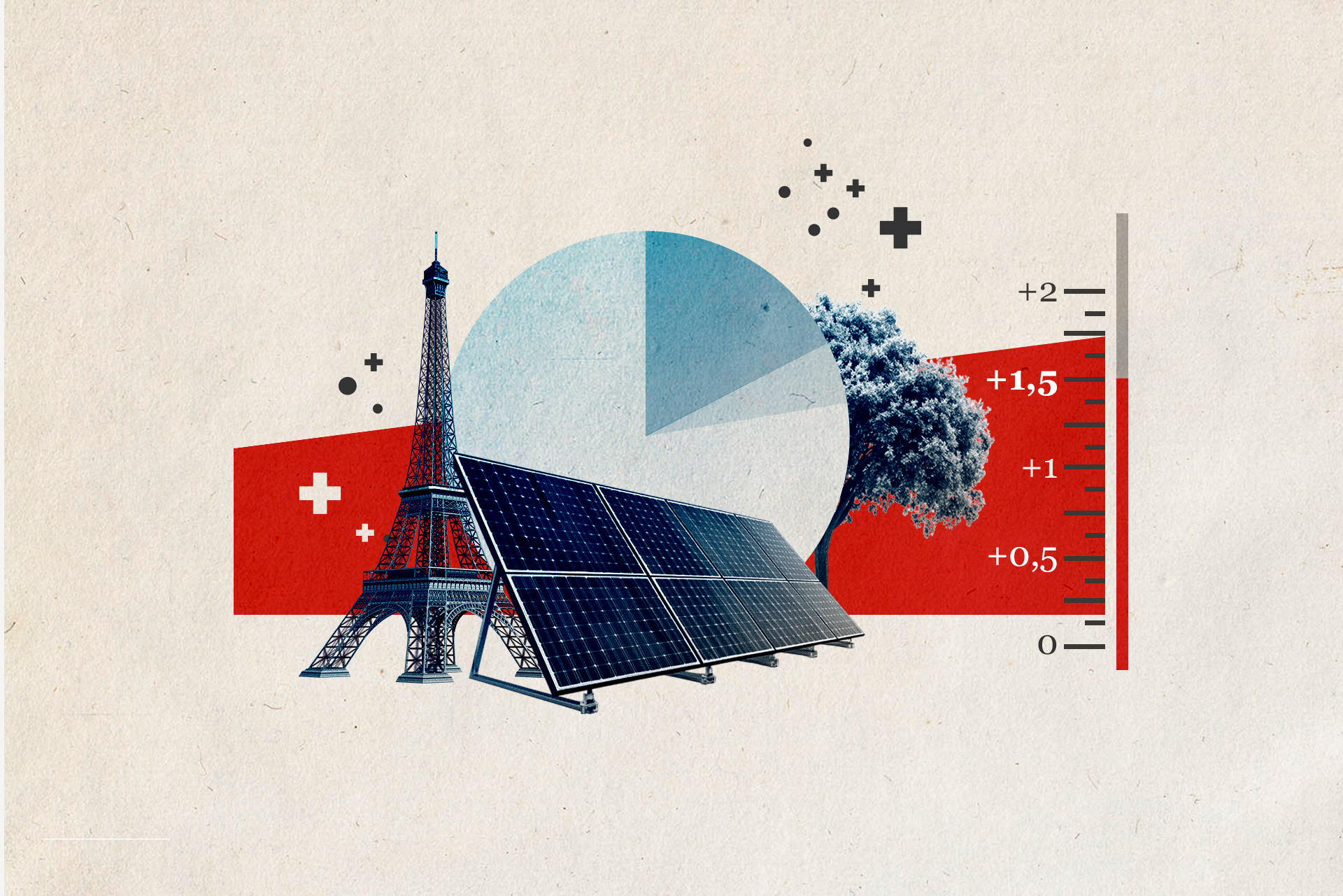
Stocks Up as Path to September Fed Cut Gets Wider: Markets Wrap
(Bloomberg) — The stock market ended the week at all-time highs, with traders looking past signals of a slowdown in the world’s largest economy to focus on prospects for Federal Reserve rate cuts.
In a post-holiday session marked by thin volume, the S&P 500 notched its 34th record this year. Equities rebounded, following a series of twists and turns in the immediate aftermath of data showing US hiring moderated as the jobless rate hit the highest since 2021. Treasury yields tumbled. Swaps fully projected two Fed reductions in 2024 starting in November — and Wall Street bets have been building around a September rate cut.
Nonfarm payrolls rose by 206,000 in June and job growth in the prior two months was revised down by 111,000. The median forecast in a Bloomberg survey of economists called for a 190,000 increase. The unemployment rate climbed to 4.1%, and average hourly earnings cooled.
“Get on with it,” said Neil Dutta at Renaissance Macro Research. “Today’s employment report ought to firm up expectations of a September rate cut. Economic conditions are cooling and that makes the trade-offs different for the Fed.”
The S&P 500 topped 5,565. The Nasdaq 100 rose 1%. Meta Platforms Inc. jumped almost 6%. Macy’s Inc. surged on a news report about a sweetened buyout offer. Banks got hit — though JPMorgan Chase & Co. and Citigroup Inc. are expected kick off the industry’s earnings season next week on a bright note.
Treasury 10-year yields fell eight basis points to 4.28%. The dollar extended its weekly drop. Bitcoin sank. The pound climbed after Keir Starmer’s Labour party swept to a landslide election win.
“The job market is bending without yet breaking, which boosts the argument for rate cuts,” said David Russell at TradeStation. “Things are not too hot and not too cold. Goldilocks is here and September is in play.”
In the run-up to the jobs report, bond funds recorded about $19 billion in weekly inflows, the biggest additions since February 2021, according to a note from Bank of America Corp. citing EPFR Global data.
The trend suggests investors are “locking in peak yields,” BofA strategist Michael Hartnett wrote.
Global equity funds recorded inflows of $10.9 bilion — the longest winning streak since December 2021, the data showed.
The gradual loosening up of a very tight labor market is consistent with the Fed’s “immaculate disinflation narrative” and should give officials confidence to lower rates sometime in the second half, according to Michael Feroli at JPMorgan Chase & Co.
He still sees a first cut in November — but says the path to a September reduction got “a little wider.”
To Chris Larkin at E*Trade from Morgan Stanley, the latest jobs data suggest the labor market is slowing — maybe not enough to speed up rate cuts, but perhaps enough to keep the Fed on track for September.
At Apollo Global Management, Torsten Slok’s view remains unchanged — no Fed cuts in 2024.
He says the jobs report confirms that it is going to take time for the Fed to cool down the economy and inflation.
“Looking ahead, the key discussion in markets will be whether this cooling will accelerate to the downside because of still-elevated costs of financing. Or whether we will see a reaccelerating economy because of high stock prices and tight credit spreads,” Slok noted.
After the jobs data comes Fed Chair Jerome Powell, who on Tuesday will deliver his semi-annual testimony on Capitol Hill. Then the consumer-price index is issued on Thursday.
“If next week’s CPI is cooperative, the case for a September cut will be that much stronger,” said Chris Low at FHN Financial.
“The Fed remains the biggest risk to the market,” said Ed Clissold, chief US strategist at Ned Davis Research. “Recession risks are low, earnings growth is improving and economic data point to the Fed cutting rates this year, but if there’s a negative surprise, then stocks are vulnerable to a bigger pullback, given the already strong rally in the first half of this year.”
Strong seasonality is colliding with a slew of market-moving events over the next few trading sessions will be key catalysts in determining whether this year’s stock rally powers even higher — or stalls — as traders enter the best stretch of the year for equities.
Since 1928, the first 10 trading days of July have historically been the strongest period for the S&P 500, with the benchmark stocks gauge advancing 1.5% on average, rising nearly 70% of the time, according to Bank of America Corp.
Corporate Highlights:
- ConocoPhillips sued to block a Biden administration ban on drilling across nearly half the National Petroleum Reserve in Alaska, claiming the measure violates a federal law that compels oil development there.
- SunPower Corp. tumbled after the struggling solar company’s accountant quit amid allegations of misconduct by senior executives.
- Canada has approved Glencore Plc’s $6.9-billion acquisition of Teck Resources Ltd.’s metallurgical coal business, while the latter announced a $2 billion share buyback and pledged to boost copper output.
- Samsung Electronics Co. posted its fastest pace of sales and profit growth in years, reflecting a recovery in memory chip demand as AI development accelerates globally.
- BBVA SA’s investors voted to support the lender’s bid for rival Banco Sabadell SA, allowing Chairman Carlos Torres to clear one hurdle in his attempt to create a domestic banking giant.
- Shell Plc expects as much as $2 billion of impairments in its second-quarter earnings related to a delayed biofuels plant under construction in the Netherlands and its chemicals facility in Singapore.
Some of the main moves in markets:
Stocks
- The S&P 500 rose 0.5% as of 4 p.m. New York time
- The Nasdaq 100 rose 1%
- The Dow Jones Industrial Average rose 0.2%
- The MSCI World Index rose 0.4%
Currencies
- The Bloomberg Dollar Spot Index fell 0.2%
- The euro rose 0.3% to $1.0840
- The British pound rose 0.4% to $1.2816
- The Japanese yen rose 0.3% to 160.77 per dollar
Cryptocurrencies
- Bitcoin fell 3.2% to $56,478.81
- Ether fell 5% to $2,985.12
Bonds
- The yield on 10-year Treasuries declined eight basis points to 4.28%
- Germany’s 10-year yield declined five basis points to 2.56%
- Britain’s 10-year yield declined seven basis points to 4.12%
Commodities
- West Texas Intermediate crude fell 0.9% to $83.10 a barrel
- Spot gold rose 1.4% to $2,388.72 an ounce
This story was produced with the assistance of Bloomberg Automation.
–With assistance from Jessica Menton, John Viljoen, Divya Patil and Richard Henderson.
©2024 Bloomberg L.P.


























